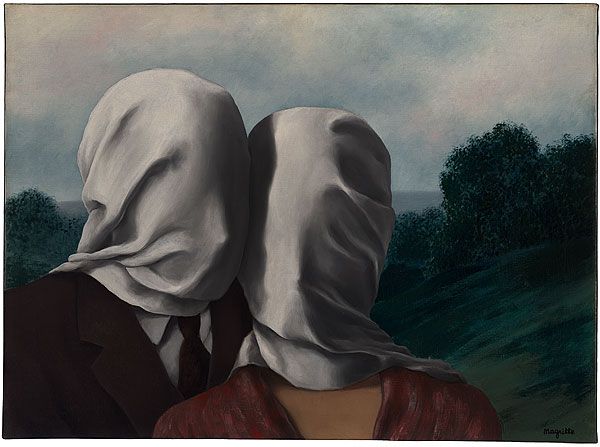We are what we pretend to be. So, we must be careful about what we pretend to be.
— Kurt Vonnegut (1922-2007)
In order to ward off suspicion about his intentions to avenge his father’s death, Shakespeare’s Hamlet wore the guise of a madman. Despite being in his right mind at the beginning of the play, he ended up losing his grip on sanity and becoming a lunatic. In his madness, Hamlet dauntlessly expressed himself and spoke unadulterated truths. He was thus able to be himself only when feigning insanity. In the same vein, one can argue that “we are what we pretend to be, so we must be careful about what we pretend to be.”
We are the narratives we tell about ourselves. Since we can select these narratives, we can control the way others perceive us. These narratives allow us not only to shape the image we project to others but also to construct our sense of self. Our agency in this process implies that we can bend the truth to cast a favourable light on ourselves. It presupposes that there is always a degree of manipulation in self-presentation.
The conception of the self as something that we pretend to be is evocative of Goffman’s dramaturgical theory..; Sociologist Erving Goffman likens human existence to an elaborate performance on a stage and individuals to actors that perform a range of different roles on that stage. As actors, we use “impression management” to influence others’ impressions of us and to present a certain desired image of ourselves. Goffman maintains that the self is an “entity” that “arises in the very process of performance.” It is, thus, neither innate nor fixed but rather performative. We actively engage in the process of self-construction through the roles that we perform.
This brings into question the distinction between appearance and reality when it comes to identity. Contending that “we are what we pretend to be” entails that an identity is an act that we put on. It is about what we appear to be rather than who we actually are. This undermines the importance of reality and casts doubt on the existence of a “true self” that precedes the roles that we play.
However, one can argue that the self is complex and need not be reduced to one dimension. What we pretend to be is only a fragment of who we are. The best illustration of the complexity of identity is the Johari Window model devised by Joseph Luft and Harry Ingham. This modal establishes the self as divided into four parts that may or may not be seen: the Public Self, the Private Self, the Blind Self, and the Undiscovered Self.
Saying that we are what we pretend to be suggests that the constituent elements of the self are brought into existence through a conscious effort and are known to us and/ or to others. It implies that it is possible to achieve complete self-understanding and self-knowledge. It downplays the Undiscovered Self which is made up of our latent thoughts and feelings. In Karl Jung’s words, Man is not “merely what his consciousness knows of itself.”

